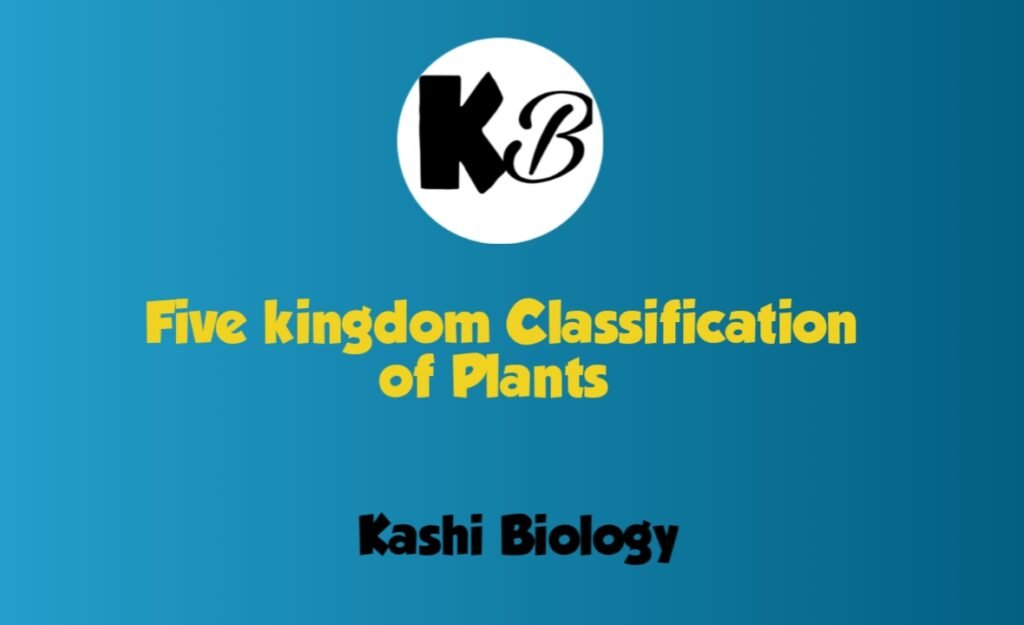As we all know R . H Whittakar classified the Living kingdom as per their molecular structure , mode of nutrition , body structure etc . According to him Plant kingdom can be classify into two groups:
Cryptogamae & Phanerogamae:
One is the Cryptogams or Cryptogamae and other is the Phanerogams or Phanerogamae
Cryptogams include the three plants division Thallophytes Bryophytes & Pteridophytes.
Cryptogams includes plants which are lower or simple plants, small is height and not easily visible on land, sex organ not clearly visible (i,e. sex organs are hidden),seed are absent, simple body organization.
Phanerogams include most advanced plants and are most visible plants on land.
Phanerogams are those plants in which sex organs are clearly visible and seed are present as well as body well differentiated.
This includes Gymnosperms and Angiosperms (Flowering plants)
Tracheophyta (Greek word-Trachea=windpipe, Phyta=Plants)-
Pteridophytes, Gymnosperms & Angiosperms collectively called Tracheophyta, because these are the first plants in which vascular tissues are presents and as we know that Pteridophytes are the first plant in which vascular tissue evolved.
Spermatophyta (Greek word-Sperma=Seed, Phyta=Plants)-
Similarly gymnosperms and angiosperms are collectively called Spermatophyta, because in these plants seed are present due to presence of ovule(Megasporangium)
Now let’s see the different division of plants-
1.Thallophyta (Algae)- reperesent those plant in which body organization very simple that is thalloid body and no clear cut differentiation of stem roots or leaves.
Classes are – Chlorophyceae, Pheophyceae & Rhodophyceae
Thallophytes further subdivided into three general classes on the basis of types of pigments and food reserves which are namely
a.Chlorophyceae(green algae) such as Volvos,Chara,Chalymydomonas,Ulothrix,Spirogyra & Chlorella etc which may be colonial unicellular filamentous etc
b.Pheophyceae(brown algae) such as Fucus, Kelps, Dictiyota, Sargassum, Ectocarpus & Laminaria etc
c.Rhodophyceae(red algae) includes Gracilaria, Geledium, Polysiphonia & Porphyra etc
2.Bryophytes -also known as amphibians of plant kingdom because they requires water for sexual reproduction that is male gamete transfers and they are more or less first land plants .
They on the basis of their morphological appearance of thallus or body organization, bryophytes further divided in three general classes
a.Liverworts(Hepaticopsida)- such as Marchantia, Riccia etc
b.Atheropsida(Hornworts)- such as Antheroceros
c.Bryopsida(Mosses/Musci)- such as Funaria
3.Pteridophytes are the first plants in which vascular tissues is evolved and truly land plants-
They are further divided into four classes namely
a.Psilopsida- such as Psilotum
b. Lycopsida such as Selaginella
c. Sphenopsida such as Equisetum (horsetail)
d. Pteropsida such as Pteris Dryopteris etc
4. Gymnosperms are the first plants in which seed are evolved due to presence of ovule or megasporangium.
Gymnosperms are further divided into three classes which includes three general classes namely-
a. Cyadopsida such as Cycas also known as Living fossils,
b. Coniferopsida (Conifers) such as Pinus Cedrus and simply called pines.
c. Gnetopsida such as Gnetum.
5. Finally Angiosperms– which are the most advanced plants on land, in which flowers are present hence also known as flowering plants.
They also produce fruits due to presence of ovary and ovary wall, which after fertilization develops into fruits and fruits wall respectively.
As we know that fruits enclose the seed and seed contains the embryo.
It means three generations locked in the seed.
Angiosperms are divided into two classes on the basis of Leaf Anatomy and number of Cotyledons (contains reserves food for developing embryo) in seed
a. a.Monocotyledanae or Monocot– in which seed with single cotyledon and leaf has parallel venations. Such as Maize
b b.Dicotyledenae or Dicot-in whichseeds with two cotyledons & reticulate venation in leaf. Such as Legumes (Gram)
Thanks for Reading this article

